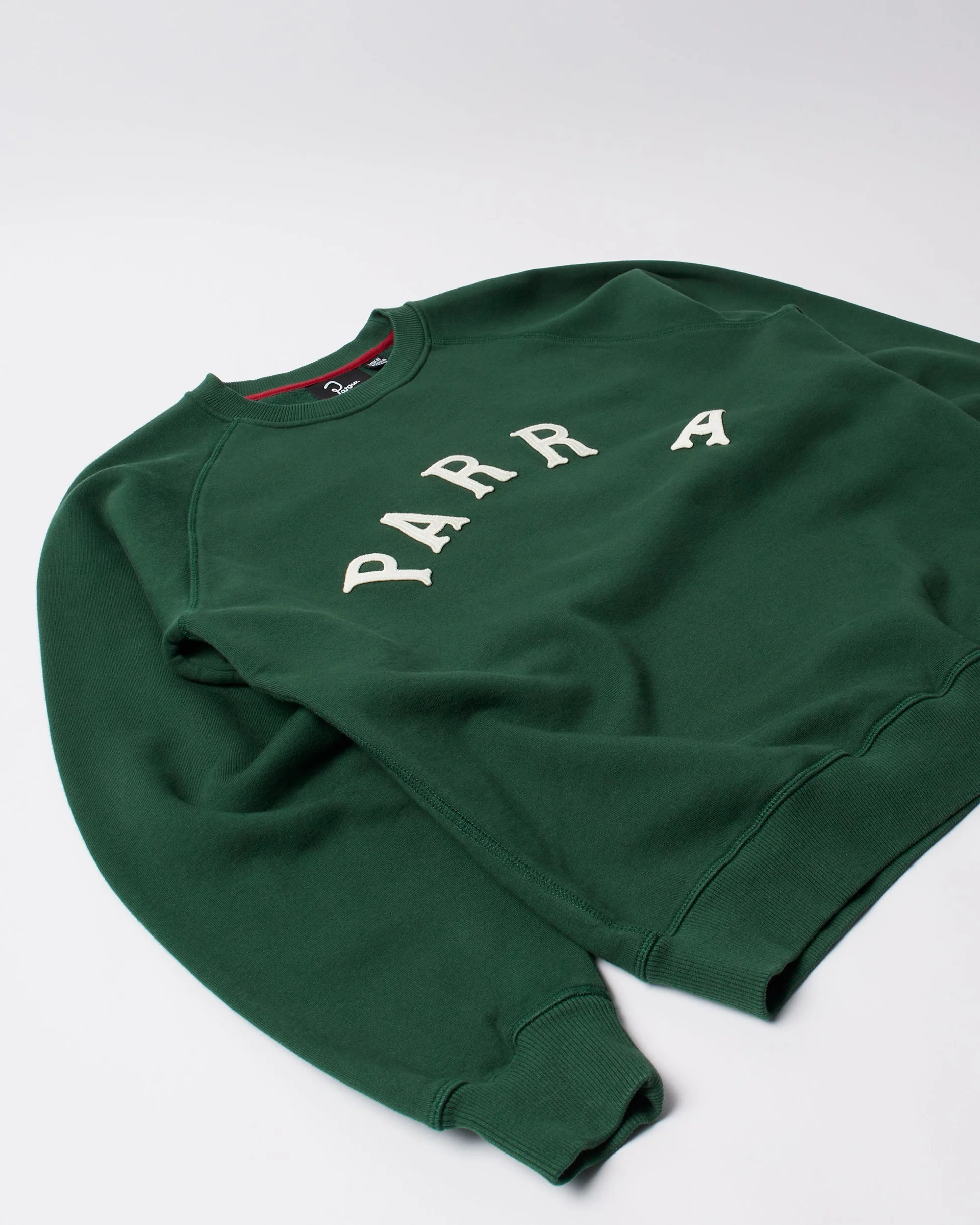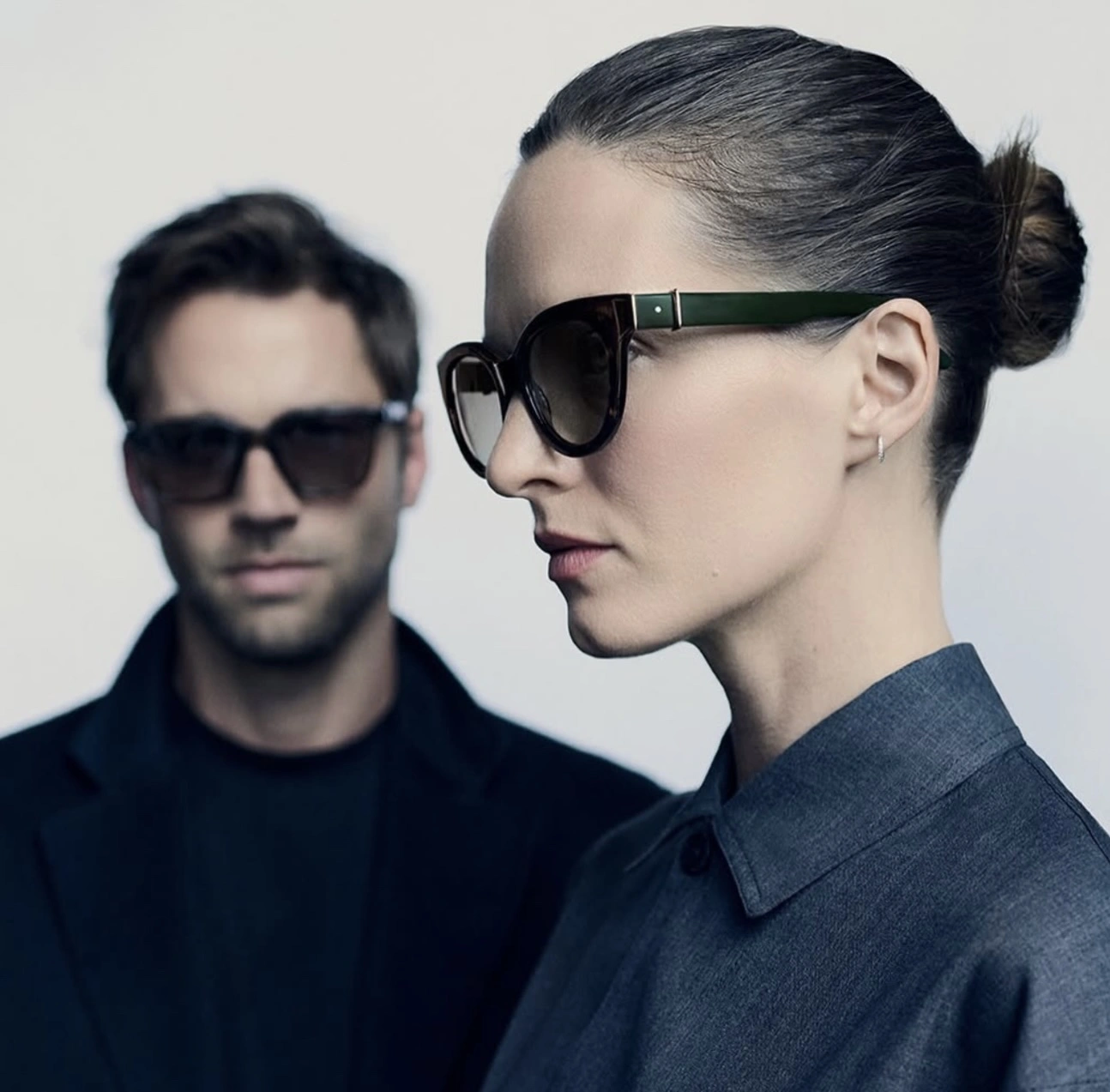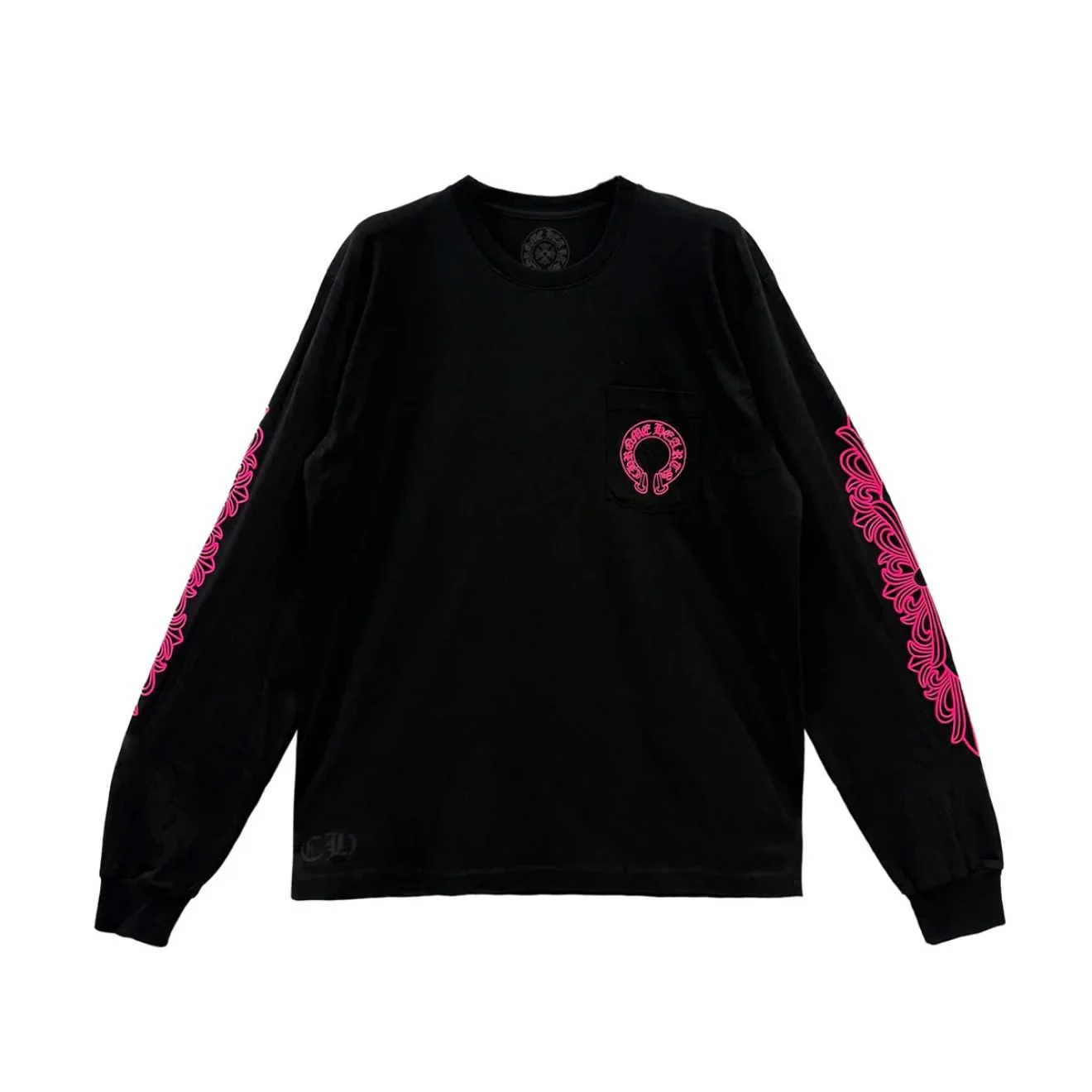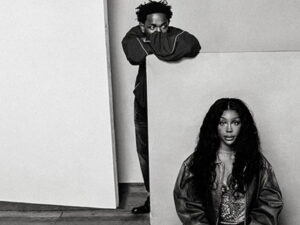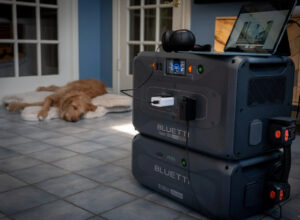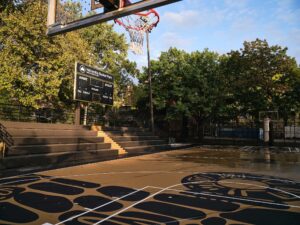In the ever-churning world of fashion, where newness often serves as currency and change is a sign of vitality, a brand’s identity acts as both a compass and a heartbeat. Few brands embody this tension between continuity and reinvention as boldly as CAMPERLAB. The Spanish footwear brand has always stood apart for its willingness to break the mold, but in 2025, it has taken perhaps its boldest step yet. In collaboration with Milan’s Giga Design Studio, CAMPERLAB has unveiled a striking new visual identity — one that trades in the comfort of the familiar for something darker, more primal, and undeniably arresting.
At the center of this transformation lies a potent metaphor: the reptile. These creatures, quiet yet dangerous, patient yet decisive, become the guiding spirit for CAMPERLAB’s new aesthetic direction. The brand’s new logo, a twisted, almost alien typography, functions as a kind of visual serpent — elegant yet unsettling, impossible to ignore.
To fully appreciate this transformation, it is necessary to understand where CAMPERLAB comes from and how it has evolved. Founded as a more experimental offshoot of Camper — the Majorcan footwear giant known for its playful yet practical shoes — CAMPERLAB launched in 2015 as a laboratory for design experimentation. It was a place where the traditional and the avant-garde could clash and coalesce, creating products that felt both rebellious and rooted in Mediterranean sensibilities.
From the beginning, CAMPERLAB’s approach to footwear has been about challenging conventions. It embraced asymmetry, unexpected material combinations, and silhouettes that often felt more like wearable sculptures than everyday objects. Under the creative direction of designers like Achilles Ion Gabriel, CAMPERLAB began to push even further, becoming a cult favorite among fashion insiders who crave footwear that makes a statement.
The decision to collaborate with Giga Design Studio for this new visual overhaul was both strategic and symbolic. Giga, based in Milan, is known for its bold, often jarring approaches to branding. Rather than smoothing out edges or making things palatable, Giga thrives on tension and complexity. This aligns perfectly with CAMPERLAB’s philosophy: fashion not just as adornment, but as provocation, as a living dialogue between designer, wearer, and observer.
The new visual identity reimagines the brand’s logo into a distorted, sinuous form that recalls reptilian movement — a subtle flexing of muscle beneath scales. The typography, at first glance, feels almost indecipherable. Letters are twisted and stretched into unnatural shapes, creating an effect that is both organic and cybernetic. It suggests something lurking beneath the surface, waiting, watching. The use of black and acidic tones amplifies this sense of quiet menace, turning the logo into an emblem of latent power.
Beyond the logo, the new identity extends to packaging, retail environments, and digital interfaces. Shoeboxes have been redesigned to resemble reptilian skin patterns, while store displays feature mirrored surfaces and undulating forms that evoke the movements of a snake. Even the brand’s website has been overhauled, adopting a slick, minimalistic interface punctuated by disorienting visual distortions that nod to the new aesthetic vocabulary.
But why reptiles? The choice of this animal as a muse is not as arbitrary as it might appear. Reptiles occupy a unique space in the human psyche. They are survivors, evolutionary masterpieces that have endured for millions of years. They are efficient, adaptive, and, most crucially, they embody a kind of primal elegance. In mythology and symbolism, reptiles often represent transformation, rebirth, and cunning. For a brand like CAMPERLAB — which seeks to continuously reinvent itself and challenge fashion orthodoxy — the reptilian metaphor becomes a powerful narrative engine.
This new visual direction also represents a more philosophical shift. In the past, CAMPERLAB’s designs leaned heavily on a playful, almost childlike approach to subverting traditional footwear forms. With this rebranding, the playfulness is not lost, but it is now underpinned by a more mature, perhaps even sinister sophistication. The brand no longer just wants to surprise; it wants to unsettle, to force a double take, to invite deeper contemplation about what fashion can communicate.
In the context of the broader fashion landscape, CAMPERLAB’s move feels particularly resonant. We are living in an age where the appetite for “weirdness” — the unexpected, the uncanny, the confrontational — has grown exponentially. The popularity of brands like Balenciaga under Demna, or Rick Owens’ enduring cult, signals a shift in consumer taste toward aesthetics that are not traditionally “beautiful” but compelling, charged with emotion and narrative. CAMPERLAB’s new identity slots perfectly into this zeitgeist, offering a visual language that is both avant-garde and deeply rooted in archetypal imagery.
Moreover, the reptilian identity subtly echoes the changing consumer landscape. Today’s shoppers, especially those in the luxury and avant-garde sectors, are no longer satisfied with surface-level design. They crave depth, stories, symbols — elements that allow them to connect to a brand on an intellectual and emotional level. CAMPERLAB’s new identity invites this kind of connection. It is a puzzle to be decoded, a statement to be interpreted. It rewards those who look beyond the surface, much like the reptiles it references.
CAMPERLAB’s choice to collaborate with Giga Design Studio can also be seen as a strategic alignment with the cultural capital of Milan, a city that has always been at the forefront of fashion innovation. By tapping into Giga’s radical design ethos, CAMPERLAB positions itself not just as a Spanish brand with Mediterranean roots but as a global player capable of engaging with the most progressive currents in contemporary design.
The timing of this rebranding is significant. Coming off the challenges of recent years, including pandemic disruptions and shifting retail paradigms, brands across the spectrum have been rethinking their identities. For some, this has meant a retreat to safe, classic aesthetics. For others, like CAMPERLAB, it has meant doubling down on risk-taking and forward-thinking creativity. The reptilian identity, in this light, reads almost as a declaration of resilience and adaptability. Like a lizard shedding its skin, CAMPERLAB emerges renewed, stronger, and more in tune with the evolving sensibilities of its audience.
There is also an element of performance art to this transformation. Fashion, at its most potent, has always existed at the intersection of commerce and art. By pushing its branding into the realm of the unsettling and the uncanny, CAMPERLAB blurs these lines further. The brand becomes not just a maker of shoes but a creator of experiences, a provocateur in the best sense of the word.
Looking ahead, this new identity sets the stage for even bolder product designs. Already known for its sculptural, often architectural footwear, CAMPERLAB now has a visual framework that can support even more radical explorations. One can imagine future collections that draw directly from reptilian forms: shoes that mimic the sleekness of a snake’s body, or patterns inspired by scales and natural camouflage. The possibilities are as vast and unpredictable as the reptiles that inspired them.
Of course, such a bold move is not without its risks. A rebranding of this magnitude can alienate existing customers who were drawn to the brand’s original playfulness. However, CAMPERLAB appears to be betting on the idea that its core audience is ready — and even hungry — for this evolution. The brand’s previous success with unconventional silhouettes and daring collaborations suggests a base that appreciates and expects continual reinvention.
There is also a generational aspect to consider. Younger consumers today are highly attuned to visual codes and symbolism. They are fluent in the language of memes, subcultures, and hyper-specific aesthetic trends. The new CAMPERLAB identity, with its layered references and cryptic allure, speaks directly to this demographic, offering them a brand that feels alive, evolving, and intellectually engaging.
In the end, CAMPERLAB’s transformation is more than just a change in logo or typography. It is a manifesto. It asserts that fashion does not have to be comfortable — either physically or psychologically. It can be a site of tension, a space for questioning and reimagining. By embracing the reptile — that ancient, enigmatic survivor — CAMPERLAB invites us into a world where danger and beauty coexist, where the familiar is constantly redefined.
As the new identity rolls out across stores, campaigns, and digital platforms, it will be fascinating to watch how audiences respond. Will they embrace the brand’s new skin, or recoil from its sharp edges? Will they decode its serpentine messages, or find themselves lost in its labyrinth? One suspects that for CAMPERLAB, these questions are not problems to be solved but invitations to engage, to look closer, to think deeper.
CAMPERLAB’s journey thus far has been marked by boldness, humor, and a restless desire to innovate. With this latest evolution, the brand does not merely continue that journey — it accelerates it, shedding old assumptions and emerging with a fierce new vision. In doing so, CAMPERLAB offers a powerful example of how a brand can remain true to its core while still transforming completely.
As we move further into a decade defined by rapid change and cultural flux, CAMPERLAB’s reptilian rebirth feels not just timely but necessary. It challenges us to ask what we expect from fashion, what we want from the brands we invite into our lives, and how we might learn from the quiet power of the creatures who watch us from the shadows, waiting for the perfect moment to strike.
No comments yet.


